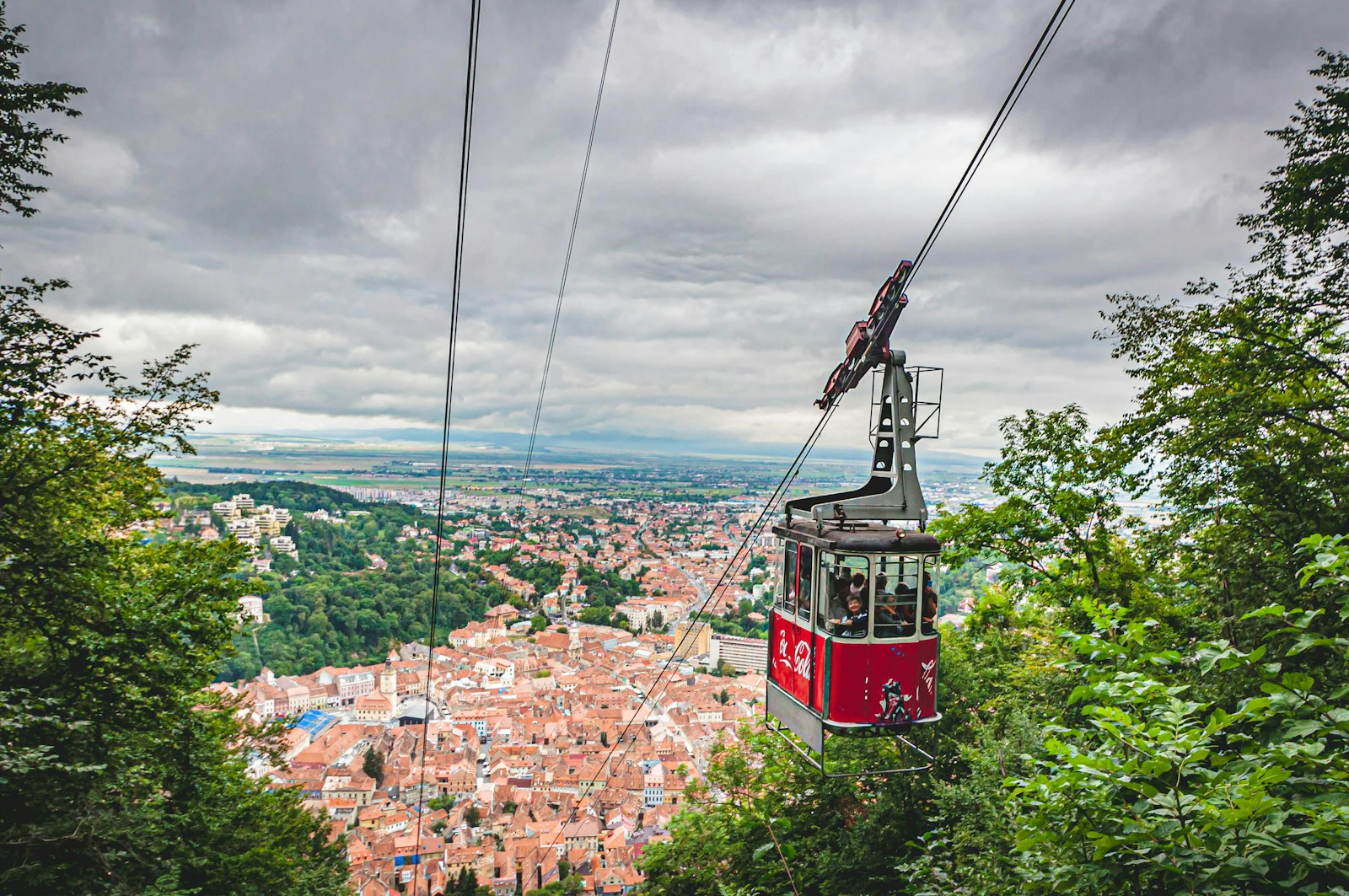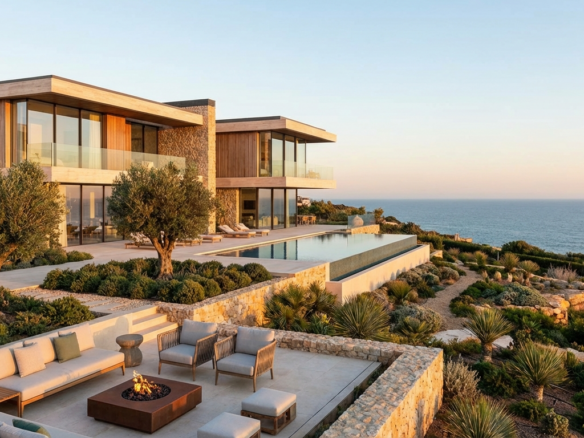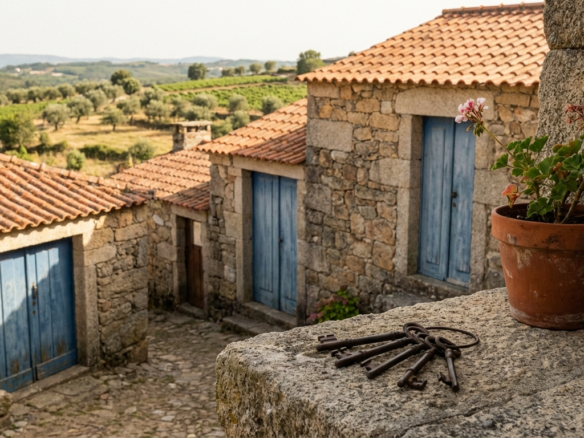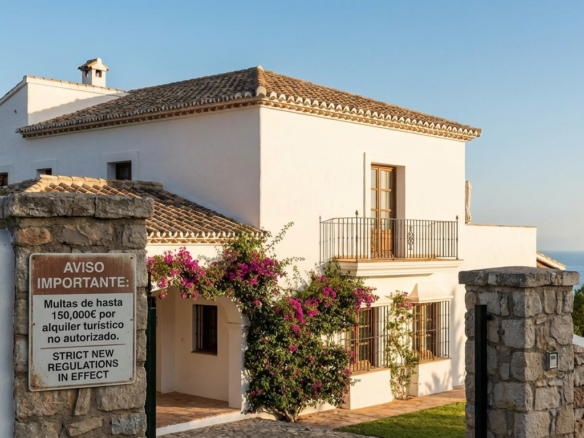Imagine a bustling market where billions of euros change hands, buildings rise, and international players scramble for a piece of the action. That’s Romania’s real estate scene right now—and Western European investors are leading the charge. Between 2019 and 2024, they’ve poured a hefty 1.75 billion euros into the market, snagging a 39% share of the total 4.5 billion euros in transactions. But what’s driving this frenzy, and what does it mean for 2025? Let’s dive into the numbers, the trends, and the unexpected twists shaping this Eastern European hotspot.
Get 50% OFF!
Subscribe to our newsletter and enjoy a 50% discount on all listing packages, no strings attached!

The Big Players and Their Big Money
Picture this: investors from Austria, the Netherlands, Belgium, and the UK sitting at the top of the table, their wallets open wide. That 1.75 billion euros isn’t just a number—it’s a statement. They’ve outpaced local Romanian investors, who chipped in 1.2 billion euros for a 26% slice, and even Central and Eastern European players, who brought 560 million euros to the party (13%). The Middle East tossed in 388 million euros, while South African investors, holding a 7% stake, added roughly 315 million euros to the mix. It’s a global game, but Western Europe’s calling the shots.
What’s catching their eye? Office buildings, hands down. These glass-and-steel giants accounted for 2.2 billion euros—half the market—over the past five years. Retail spaces grabbed 24%, and industrial properties snagged 19%. Meanwhile, Bucharest’s skyline is where the action’s at, soaking up 60% of the cash, though 25% of deals span multiple cities in savvy portfolio plays.
New Faces, Fresh Cash
Here’s where it gets juicy. The market’s not just for the usual suspects anymore. Newcomers like M Core from the UK, Supernova from Austria, and even Vectr Holdings from India are jumping in. Add Adventum Group (Hungary), Fortress (South Africa), and W&E Assets (USA) to the list, and you’ve got a melting pot of ambition spanning four continents. Cristi Moga from Cushman & Wakefield Echinox sums it up perfectly: “European investors, including Romanians, have driven about 80% of the action over the last five years. Western Europe’s hunger hasn’t faded, but Central and Eastern Europe are stepping up, too.” Who’d have thought India and the USA would join the Romanian real estate party?
What’s Hot and Where It’s Happening
Zoom in on Bucharest, and you’ll see why it’s the golden goose—60% of the investment flows here. Office towers are the crown jewel, fueled by Romania’s tech boom and business growth. But don’t sleep on retail and industrial spaces; they’re quietly racking up solid numbers. Portfolio deals across cities like Cluj-Napoca and Timișoara show investors aren’t putting all their eggs in one basket—they’re spreading the wealth.
Recent moves tell a story, too. Pavăl Holding and AFI Europe scooped up office portfolios, while CTP’s betting big on industrial parks. On the flip side, CA Immo waved goodbye to Romania, NEPI Rockcastle ditched offices, and Globalworth stepped back from industrial. It’s a reshuffle, but the new blood keeps the momentum alive.
Peering Into 2025: Growth, Prices, and Green Dreams
Fast forward to 2025, and the vibe’s electric. Last year, 2024, saw a 47% jump in investment volume—733 million euros—compared to 2023. Experts are buzzing about what’s next. Property prices? They’re likely climbing 3% to 7%, thanks to a permit slowdown shrinking supply. Urbanization’s pushing residential demand, too—think modern apartments in buzzing cities.
But here’s the kicker: buyers want more than bricks and mortar. Sustainable buildings with solar panels, green spaces, and gym perks are stealing the spotlight. It’s not just about profit; it’s about future-proofing. Romania’s Schengen area entry could turbocharge the land market, especially for industrial plots, adding another layer of intrigue.
Why It Matters—and Why Now
So, what’s the takeaway? Western European investors aren’t just dabbling—they’re dominating, and their 39% stake proves it. The market’s evolving, with new players and green trends shaking things up. For anyone eyeing Romanian real estate in 2025, the time’s ripe. Office spaces in Bucharest, industrial hubs, or eco-friendly homes—pick your poison. Just know the competition’s fierce, and supply’s tight.
This isn’t a sleepy market; it’s a goldmine with a pulse. Whether you’re an investor, a developer, or just curious, Romania’s real estate story is one to watch. The numbers don’t lie, and the trends don’t quit. Ready to jump in?





Join The Discussion